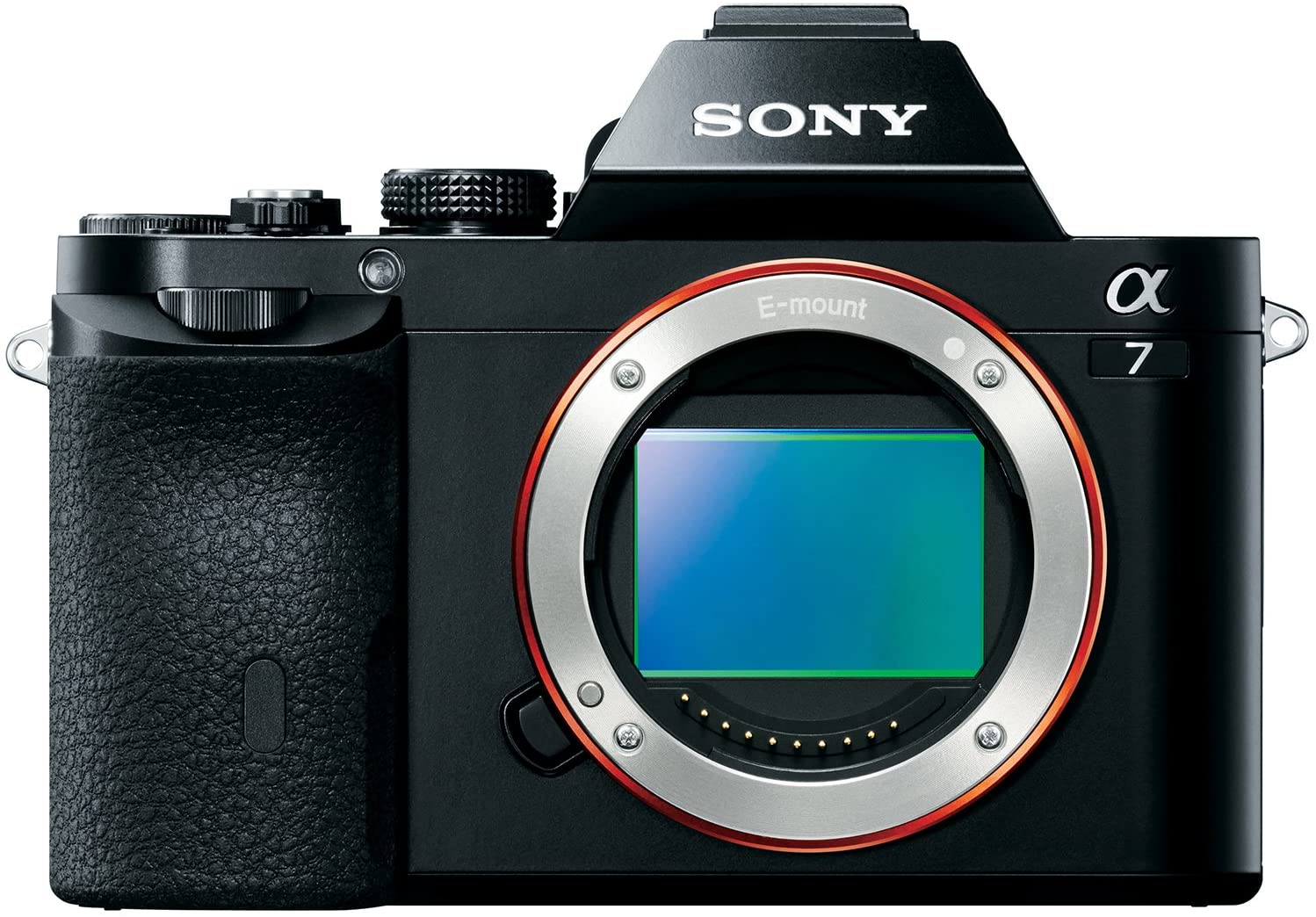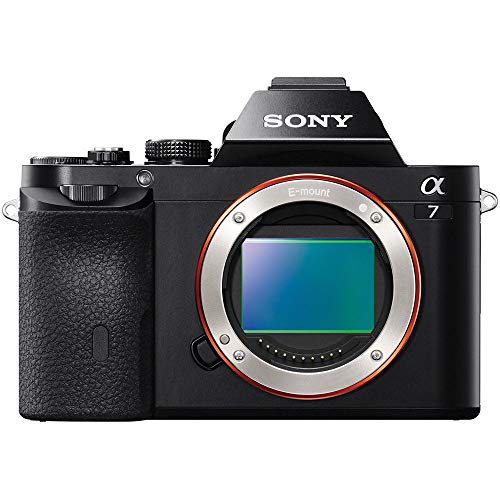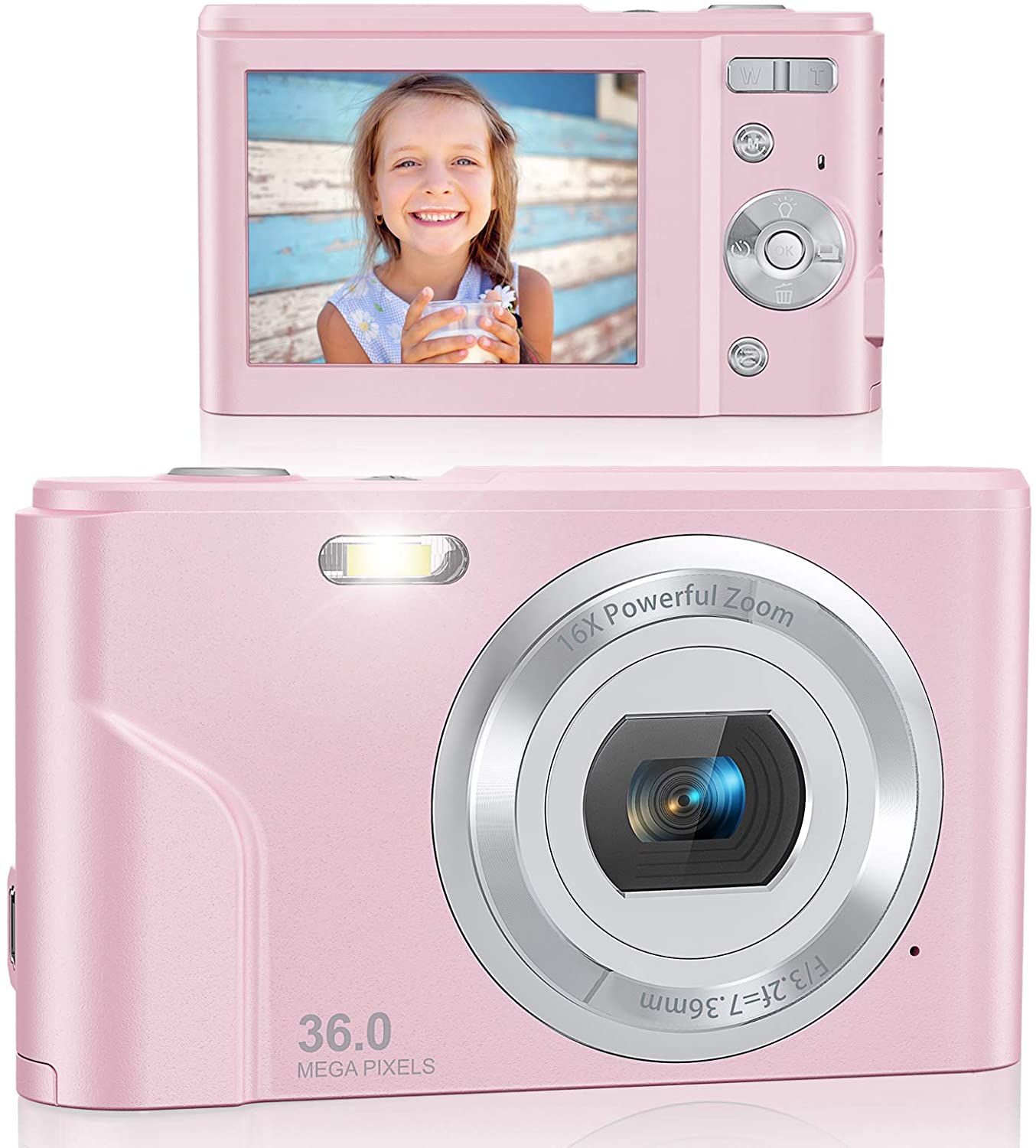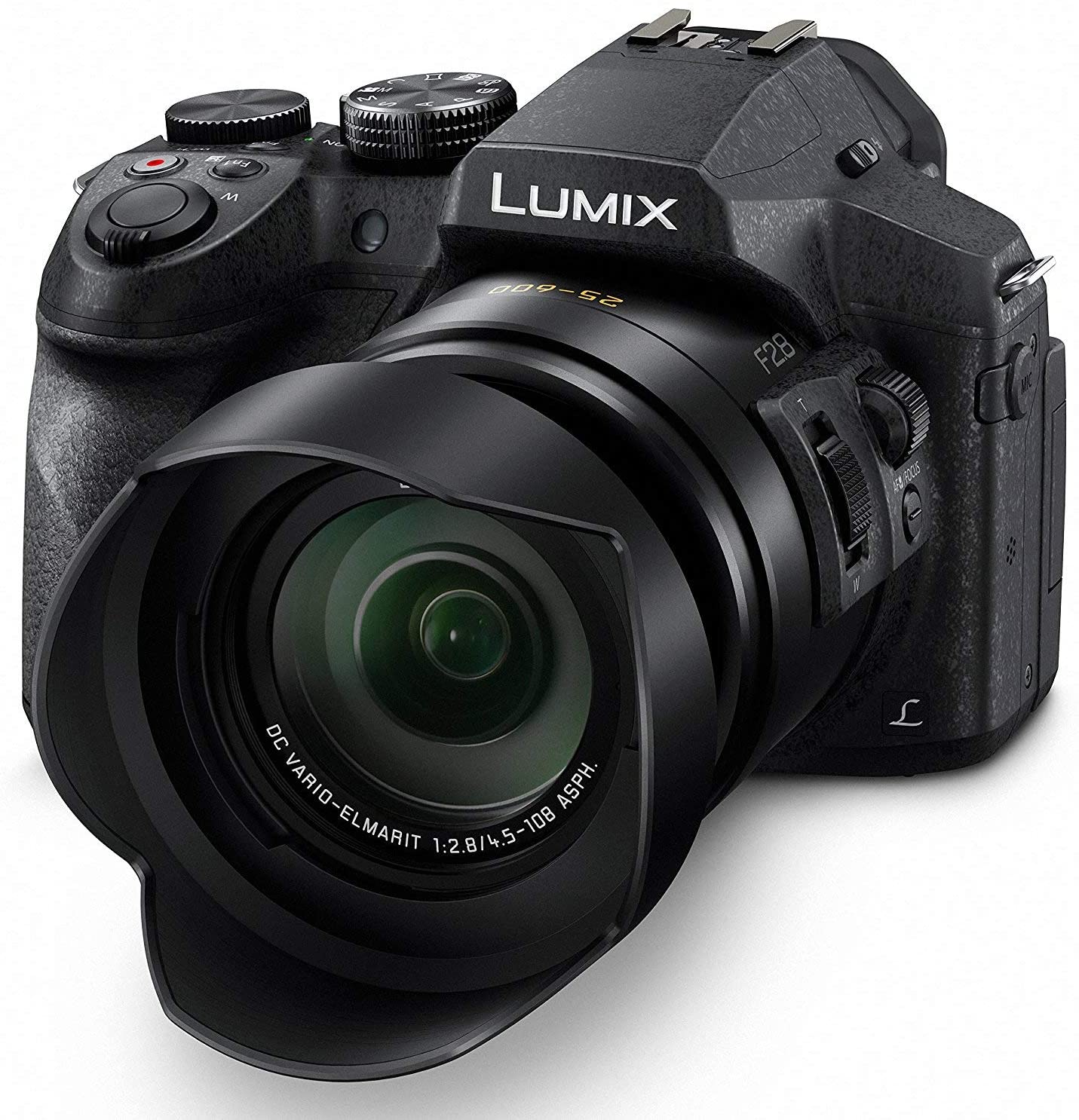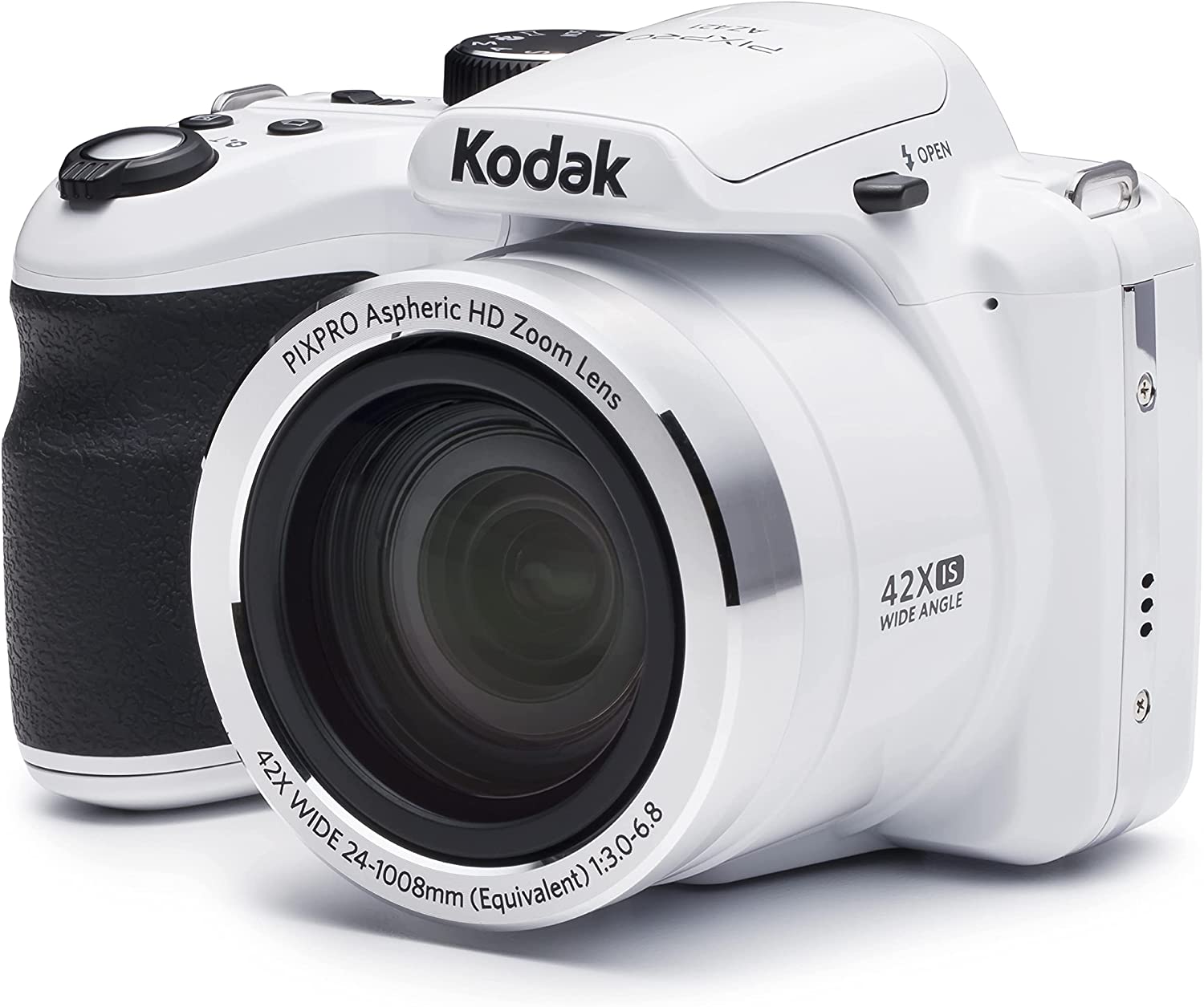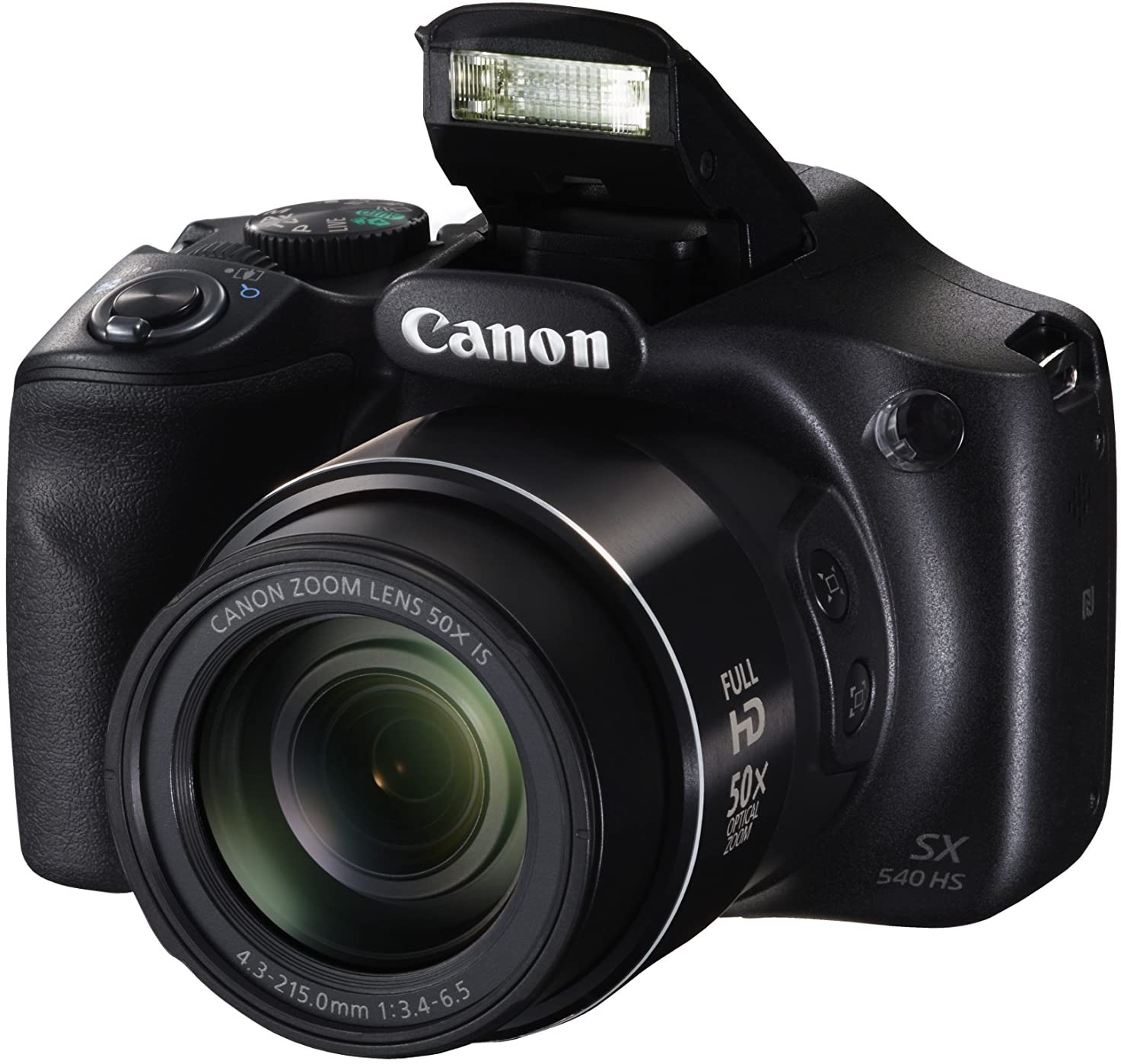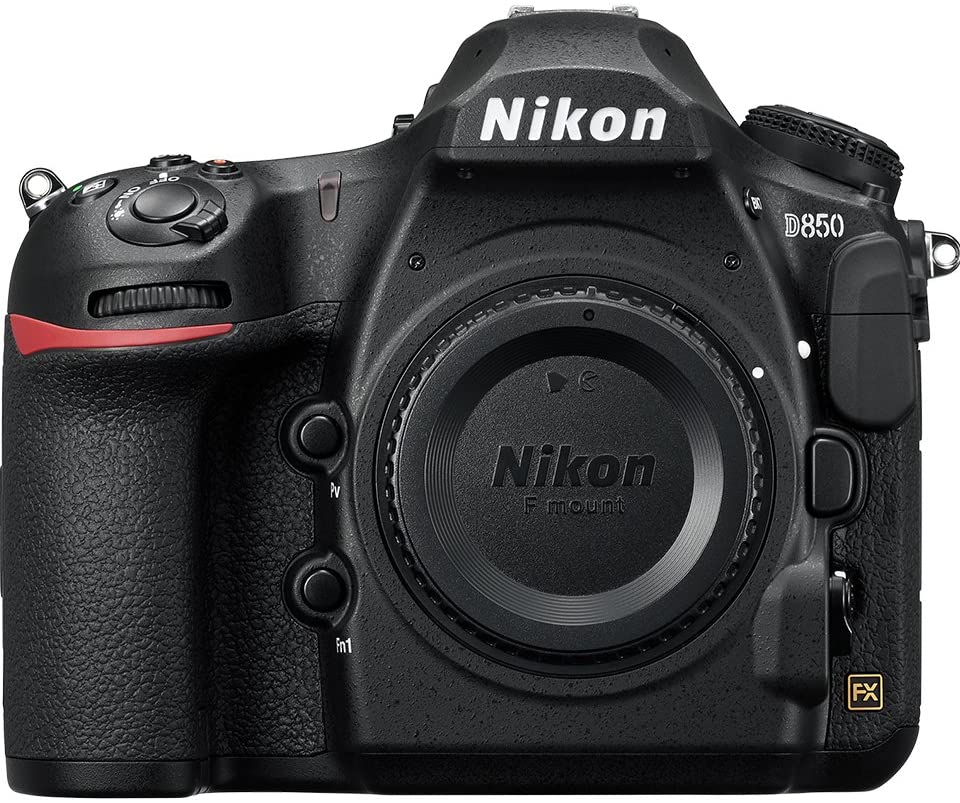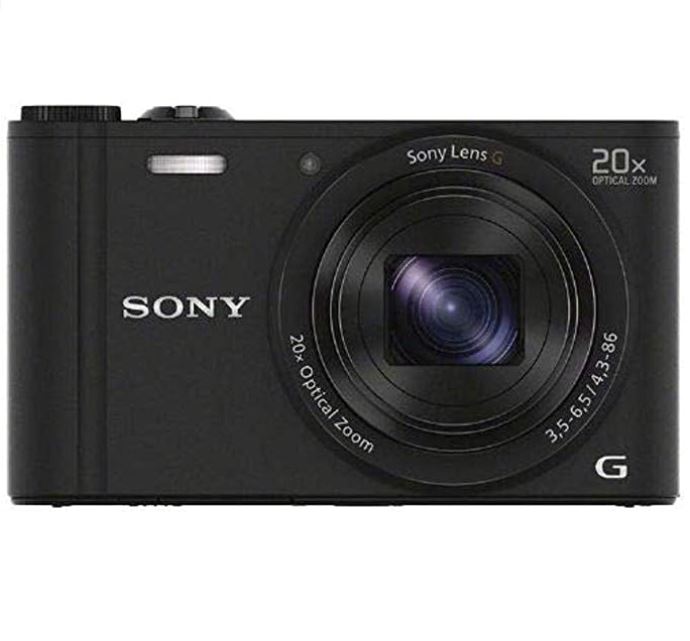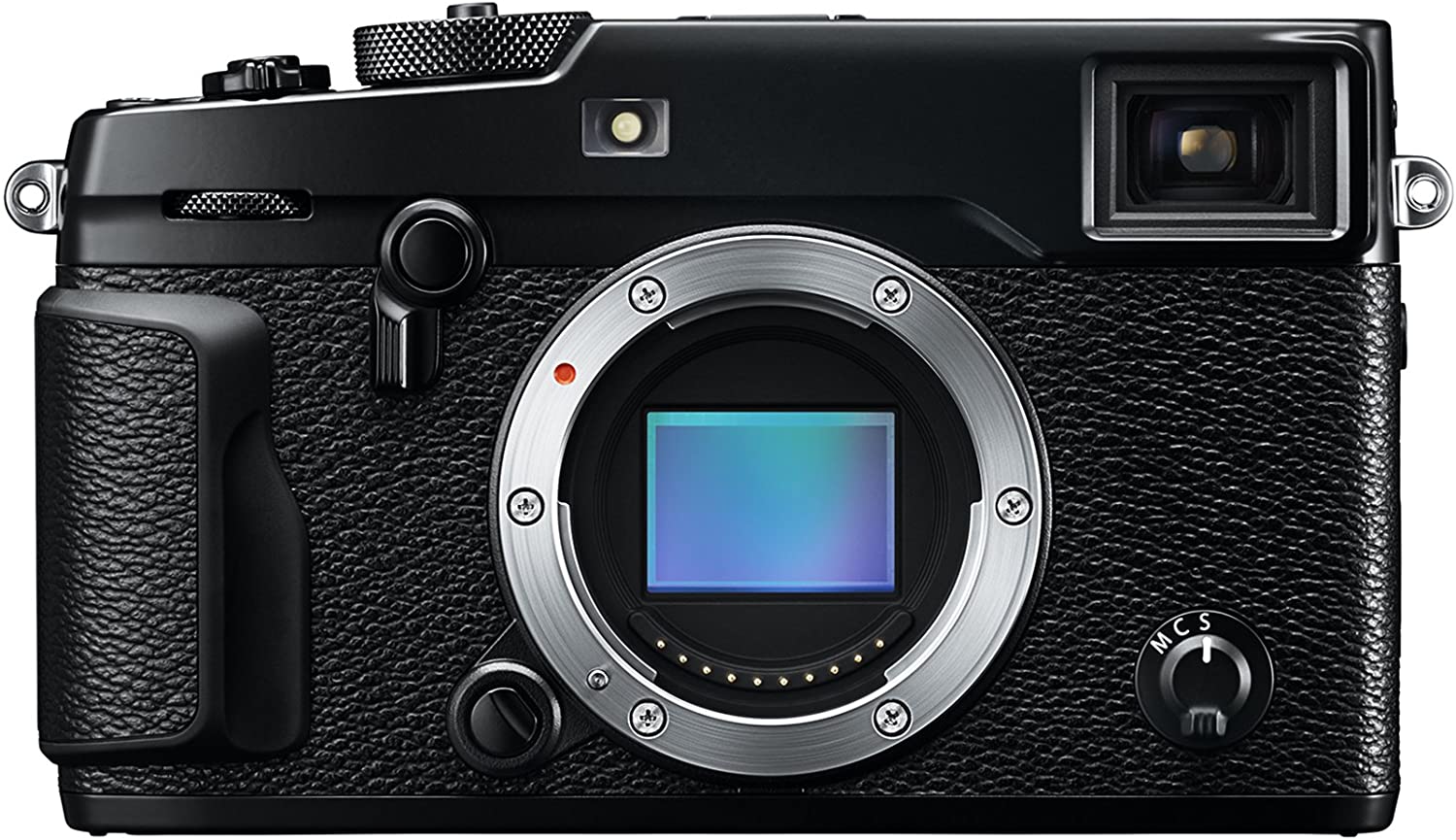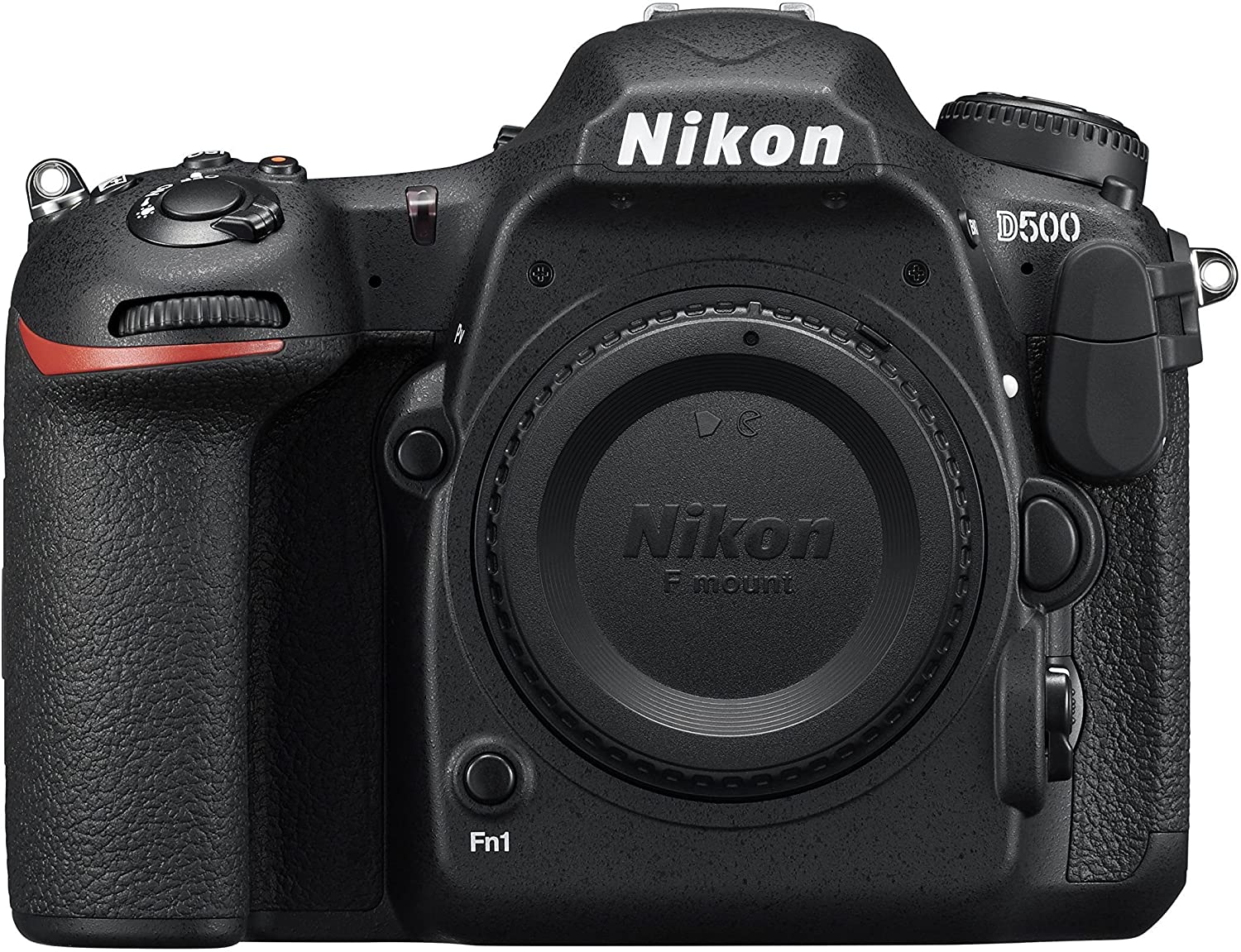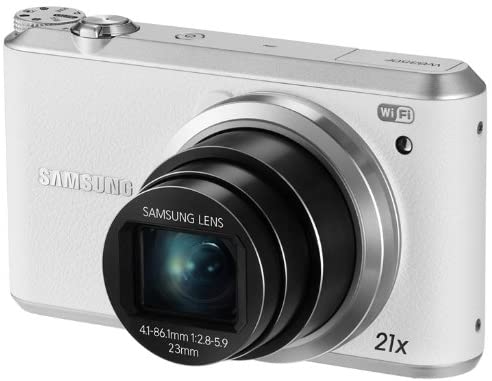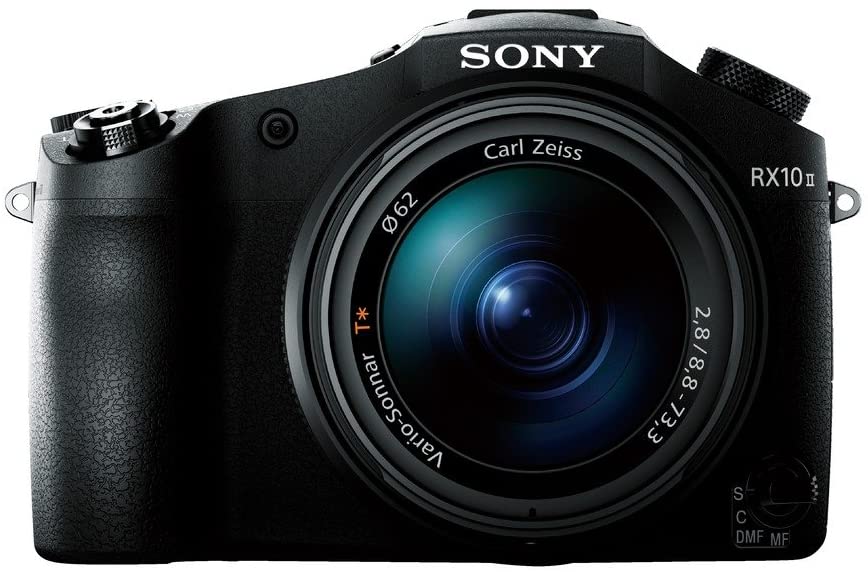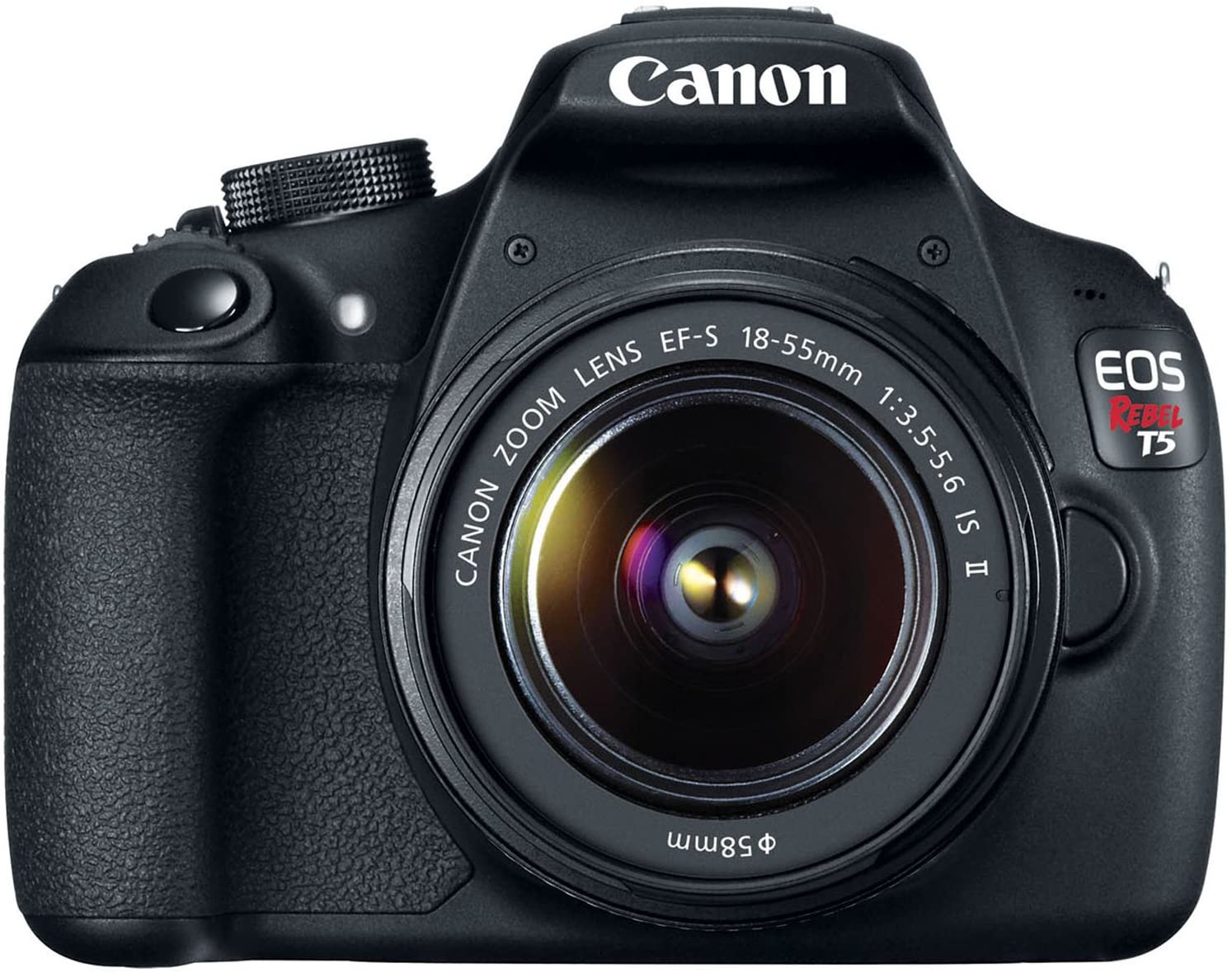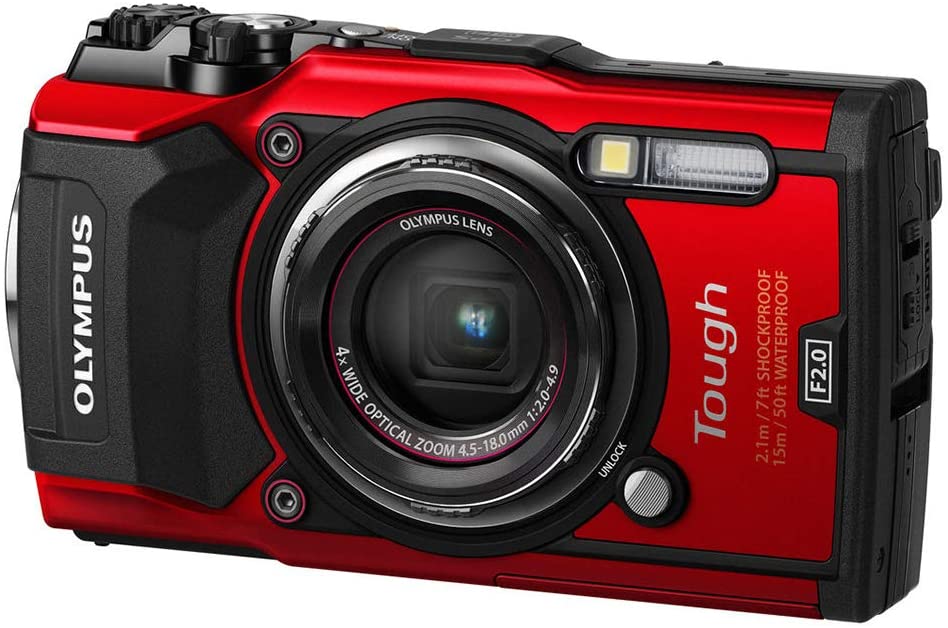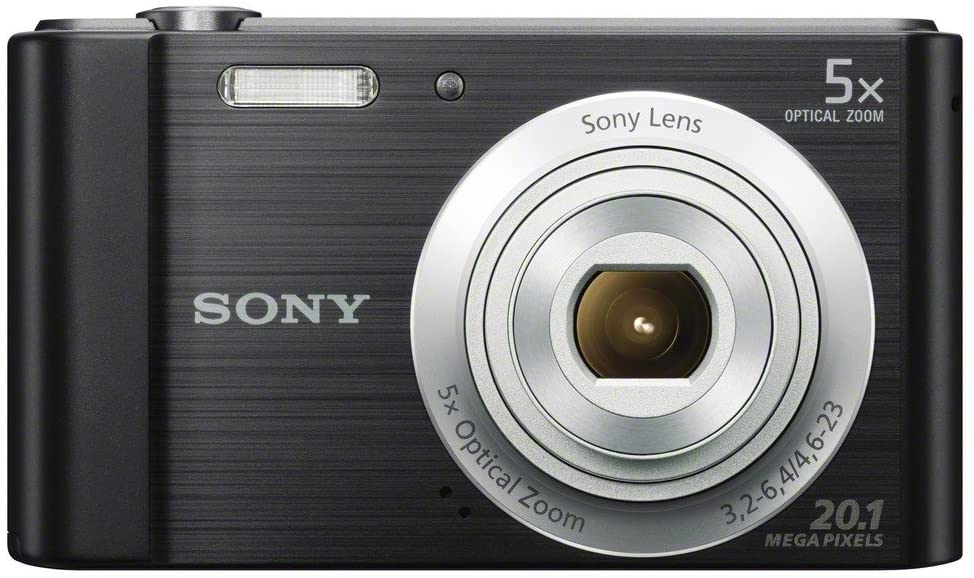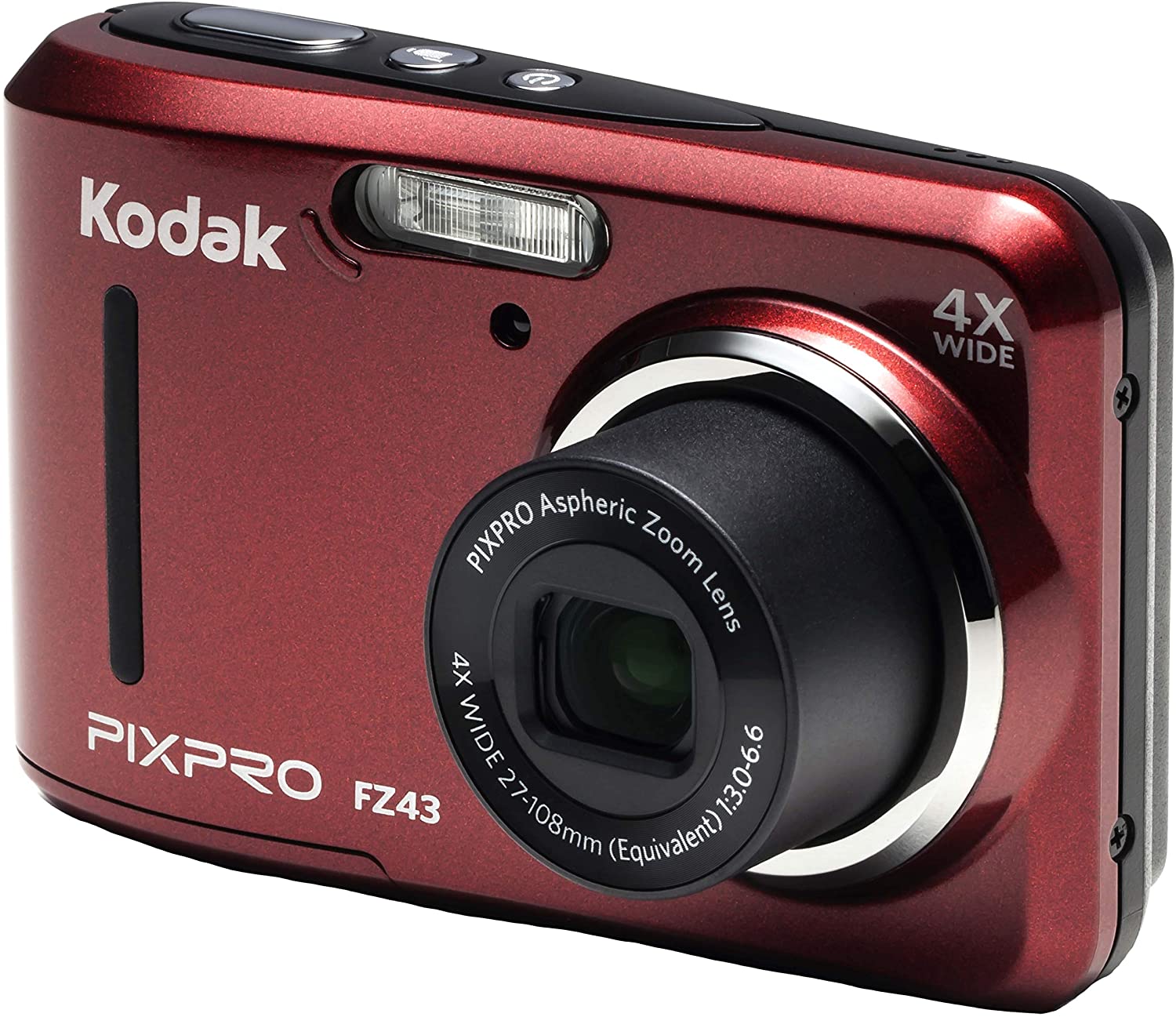Sony A7 SLR Ergonomic Digital Camera
Last updated: August 5, 2023
The Sony A7S is a mirrorless camera that is light, produces beautiful images and won't break the bank to purchase. It can also capture some of the best 4K video of any mirrorless camera on the market. It's small, affordable and generally a great all-around camera.
We looked at the top Digital Cameras and dug through the reviews from some of the most popular review sites. Through this analysis, we've determined the best Digital Camera you should buy.
Product Details
Key Takeaway: A light mirrorless camera that can capture great 4K video.
In our analysis of 88 expert reviews, the Sony SLR Ergonomic Digital Camera placed 10th when we looked at the top 16 products in the category. For the full ranking, see below.From The Manufacturer
No other full frame, interchangeable-lens camera is this light or this portable. 24.3 MP of rich detail. A true-to-life 2.4 million dot OLED viewfinder. Wi-Fi sharing and an expandable shoe system. It’s all the full-frame performance you ever wanted in a compact size that will change your perspective entirely.
